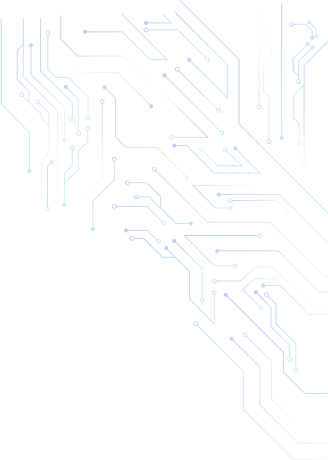







Disaster Recovery and Business Continuity Planning
Ensuring Operational Resilience
Disruptions can strike anytime, from natural disasters and cyberattacks to power outages and equipment failures. Being prepared for such events is critical for any organization. Disaster Recovery (DR) and Business Continuity (BC) planning work hand-in-hand to ensure your business can resume operations quickly and minimize downtime in the face of unforeseen circumstances. ON IT HUB's DR and BC Planning Services provide a comprehensive approach to building resilience and safeguarding your business continuity.
ON IT HUB's DR and BC Planning Services provide a comprehensive approach to building resilience and safeguarding your business continuity.


